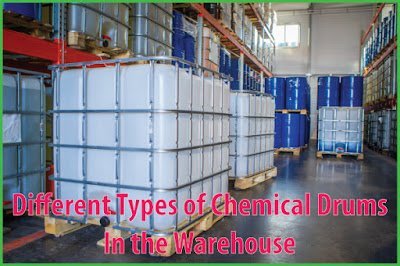Different Types of Textile Chemicals
Last updated on August 17th, 2023 at 09:27 pm
Definition of Textile chemicals
The processes of conversion of natural and man-made textile fibres according to end uses & attractive qualities as per need of customer where involving the uses of a large number of organic and inorganic chemicals known as textile chemicals.

The Textile Chemicals are as follows:
Wetting Agent
The chemical which is used for quickly moisten or watering the textile materials is called wetting agent. Ex: Lissapol.
Detergent
Detergent is nothing but a chemical which is used for cleaning the textile material or to remove fats, oils, wax. Ex: fixanal.
Emulsifier
Emulsifier is a chemical that is used to mix up the oil and water. Ex: Emulsifier.
Size Components
The component which is used for sizing up the warp yarn. Ex: Starch, Zncl2, Cacl2, Mgcl2 etc.
Desizing Agents
Desizing agents are those chemicals which are used for removing the size materials of fabric. Ex: Alkali, Enzyme.
Dye Retarding/leveling Agents
The chemical which are used for dyeing just to give level shade or even dyeing. Ex: Nacl, Gluber salt.
Dye Carriers
The dye carrier is not a chemical that will help to transfer the dye particle towards the outer surface of fibre. Ex: Tanic acid.
Dye fixing Agents
Dye fixing agent is nothing but a chemical that helps to fix up the dye particle into inner position of the fibre with the bondage. Ex: Tartar emetic soln.
Rubbing fastness Improver
It is nothing but color permanency to improve the rubbing resistance power.
Printing Chemical
Thickener is the main part of printing. It is used to produce color paste in printing according to design. Normally starch is used to produce it. Starch & water mixed to produce gummy substance in thickener. Ex: Potato paste, Rice, carboxy methyl cellulose.
Hygroscopic Agent
The material which absorbs water from moisture is called hygroscopic agent. Ex: Nacl.
Oxidizing and Reducing Agent
The chemical that will help to increase oxygen or electronegative part and release the hydrogen is known as oxidizing & reducing agent. Ex: Cl2, O3, H2S, Na2S.
De-foaming Agent
When we use different types of chemical, it produces huge amount of foam at the upper position of the dye material. For this reason defoaming agent used to prevent the foam production. Ex: Defoamer, Anti-foam etc.
Softening Agent
The chemicals which are used to soften the textile materials is called softening agent. Ex: Castrol oil, Paraffin.
Stiffing Agent
The chemicals which helps to increase the soft materials into the harder one is called harder one is called stiffing agent. Ex: Resin.
Water repellent/Proofing Agent
The chemicals which has the ability for fully resistant to penetration by water. Ex: Rubber.
Fire proofing Agent
The chemicals which has more resistance to burn out is called fire proofing agent.
Anti-mildew Agent
The agents which are used to protect the fibre like cellulosic fibre are called anti-mildew agents. Ex: ZnCl2.
Moth proofing Agent
The chemicals which help to resist the moth is called moth proofing agents. Ex: Naphthalene type chemicals.
Weighting Agents
Some chemicals which give some weight to the fabric is known as weighting agents. Ex: Chalk, CaCo3 etc.


Good article….